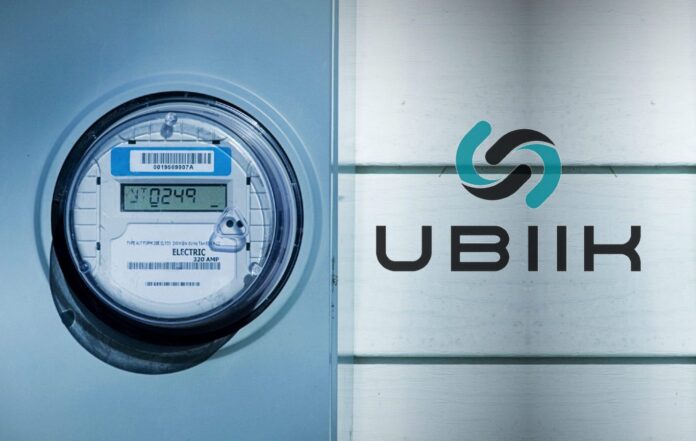Taiwanese advanced metering infrastructure (AMI) and private network provider Ubiik is lining up a private LTE-M (LTE Cat-M1) solution for deployment in the unlicensed 915 MHz ISM band. It means 3GPP-based cellular IoT technology, offering low-power wide-area network (LPWAN) connectivity for IoT comms, will be enabled in license-free spectrum, at 902-928 MHz, for the first time – where the likes of non-cellular Wi-Fi, Wi-SUN, LoRaWAN, and other technologies more commonly reside. The Ubiik solution, which pairs an LTE-M base station and an LTE-M gateway/router, received certification from the Federal Communications Commission (FCC) in the US and the Innovation, Science and Economic Development (ISED) Bureau in Canada this week.
It has also been certified by the Australian Communications and Media Authority (ACMA) in Australia. Ubiik is pushing hard for AMI connectivity contracts in North America and Australia, in particular
The infrastructure combination works with standard LTE-M devices, as deployed on public LTE (4G) and 5G networks. Ubiik called the solution “revolutionary” for enabling private LTE networks in the license-free 915 MHz ISM band for the first time. The new FCC/ISED certifications are for its new Pyxis LTE gateway; the FCC in the US has also extended certification of its long-standing freeRAN base station to support legacy LTE technologies, including Cat-1 and Cat-4, in addition to Release 14-level LTE-M/Cat-M1. “This milestone positions Ubiik as a trailblazer in democratizing LTE for IoT applications as a future-proof, interoperable, cellular-based alternative to legacy LPWAN like LoraWAN, Sidewalk, or Wi-SUN,” the company said in a statement.
The 915 MHz band “overlaps” with 3GPP-specified ‘Band 8’, the firm explained. This means existing chipsets and modules can also connect in the license-free sub-gigahertz band, commonly occupied by rival LPWAN technologies like LoRaWAN and Wi-SUN, as well as Wi-Fi, without private spectrum licenses or public network subscriptions. The principle works like the stop-start MulteFire technology, which sought to explode private LTE into unlicensed 5 GHz spectrum. Ubiik pushed the old ‘democratisation’ card, about “enabling enterprises of all sizes to build and operate private LTE networks” – on the grounds they have been forced until now to “balance the cost” in a delicate public/private LTE calculation between “[private] network deployment” and “seamless [public] coverage”.
The firm talked up “new opportunities for IoT” in asset tracking, drone operations, smart metering, and IoT sensors.
Fabien Petitgrand, chief technology officer at Ubiik, commented: “[This] is a game-changer for the IoT ecosystem. Traditionally, LTE networks have required licensed spectrum, creating significant cost barriers, and forcing more cost-sensitive IoT use cases to rely on non-cellular technologies… Being able to freely operate a 100 percent standards-compliant 3GPP [LTE-M] network offers a unique solution to leverage both public and private infrastructure to guarantee the quality-of-service and coverage while optimizing the total deployment cost.”
Writing on LinkedIn, he added: “Tired of having to choose between cellular and non-cellular LPWAN, licensed versus unlicensed spectrum for your IoT devices, sensors, even cameras? Then don’t… You can now freely deploy your private LTE/5G (LTE-M) network in the license free 902-928 MHz band, with no subscription – just like you would deploy Wi-Fi, Wi-SUN, LoRaWAN, and others. Except it is 100 percent 3GPP standards-compliant, so your device will be compatible with public LTE and 5G networks.”
At the same time, Ubiik has introduced a new freeRAN evaluation and pilot kit – which includes the freeRAN base station with embedded core network, Pyxis LTE gateway, and SIM cards – so customers can quickly test and deploy its private LTE system in the 915 MHz band, and elsewhere. The freeRAN system also works in the license-free 1.9 GHz DECT band in Europe and the sXGP band in Japan. Ubiik is showing the freeRAN/Pyxis solution at CES in Las Vegas this week (January 7-11).

